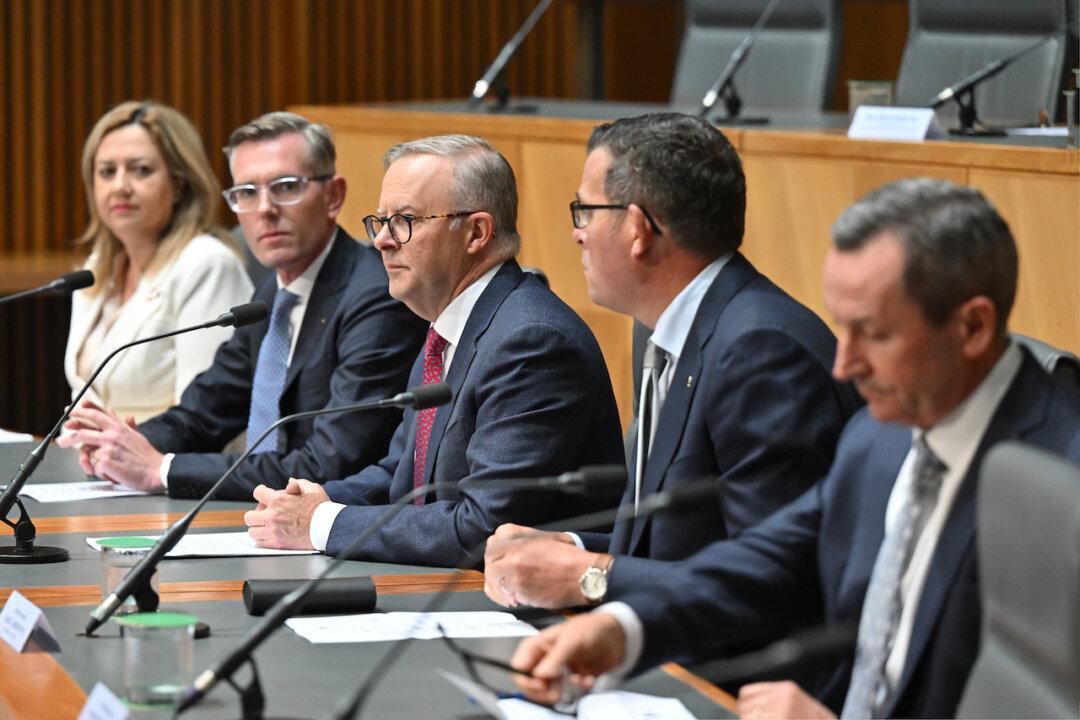Prime Minister Anthony Albanese has said his government intends to act on recommendations from a Medicare taskforce report that seeks an overhaul of Australia’s healthcare system but says he will discuss its funding in late April.
This comes as the federal health minister, Mark Butler, declared Australia’s primary healthcare system as the “worst shape” in 40 years, with bulk billing rates in decline and with only 14 percent of medical graduates choosing to work in general practice.





